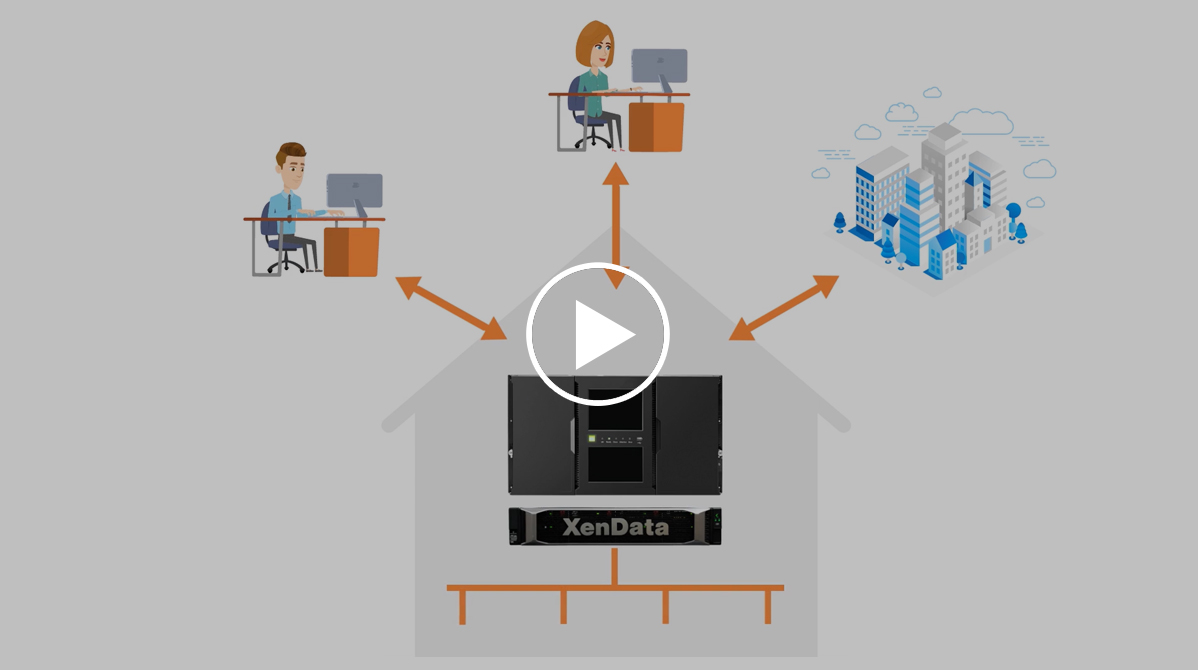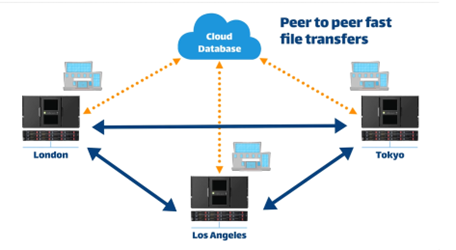Active archives are complementary to primary disk storage. They represent a tier of storage that is lower performance than fast primary disk but much lower in cost per TB. Archive archives store data that is too valuable to discard where the content may be restored frequently but not intensively like primary storage. XenData provides tiered storage systems that archive to LTO data tape, on-premises disk-based object storage and/or to public cloud object storage.
Archive Appliances to Manage LTO Libraries
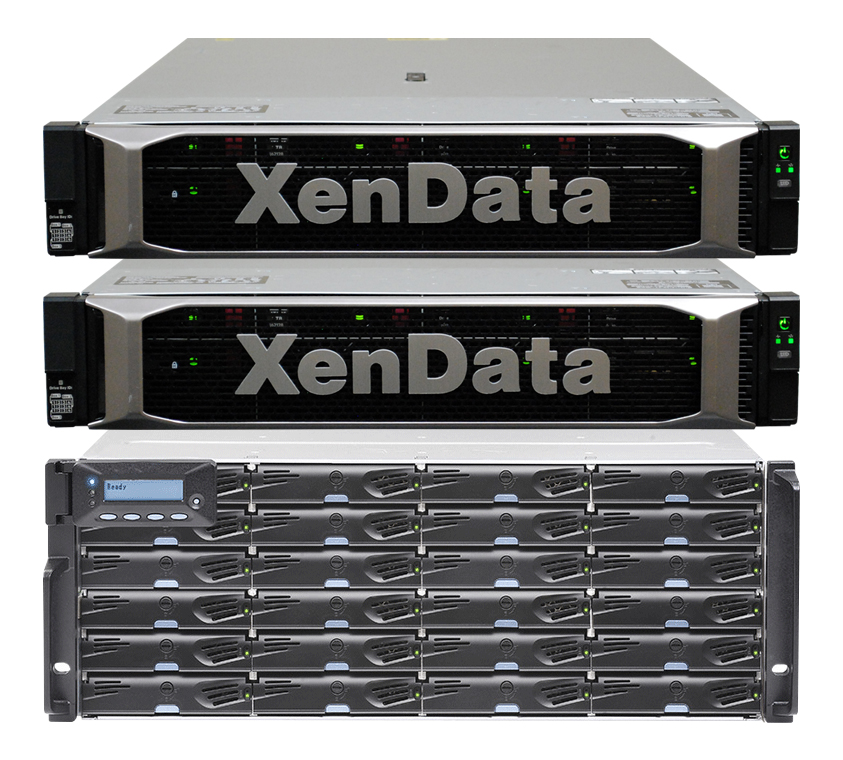
X100 Archives
XenData X100 archive systems manage LTO robotic libraries that scale to 100+ PB. They support leading enterprise libraries, including from HPE, IBM, Oracle, Qualstar, Quantum and Spectra Logic. The X100 is available as a clustered system with no single point of failure and as a single high-performance server.
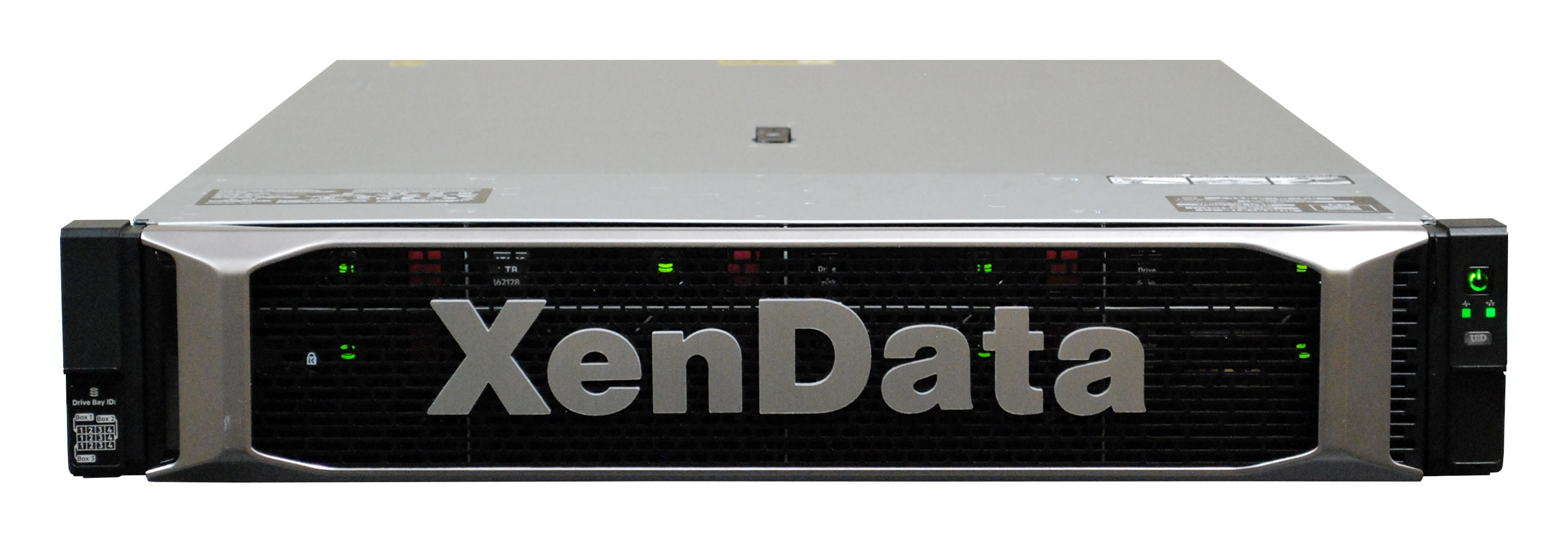
X60-S Archive Appliance
The X60-S Archive Appliance is ideal for managing an LTO library with unlimited capacity and up to ten LTO drives. Available with either SAS or fibre channel ports to support a wide range of robotic libraries from Dell, HPE, IBM, Oracle, Overland, Qualstar, Quantum, etc.

X50 Archive Appliance
The X50 Archive Appliance is ideal for use an LTO library with unlimited capacity and up to four LTO drives where a large 112 TB managed RAID volume is required. Available with either SAS or fibre channel ports to support a wide range of robotic libraries from Dell, HPE, IBM, Oracle, Overland, Qualstar, Quantum, etc.

X40-S Archive Appliance
The X40-S Archive Appliance is ideal for managing an LTO library with unlimited capacity and up to four LTO drives. Available with either SAS or fibre channel ports to support a wide range of robotic libraries from Dell, HPE, IBM, Oracle, Overland, Qualstar, Quantum, etc.

X20-S Archive Appliance
The X20-S Archive Appliance delivers a cost-effective solution for managing an LTO library with one or two SAS LTO drives. Available to support a wide range of robotic libraries from Dell, HPE, IBM, Oracle, Overland, Qualstar, Quantum, etc.
Archive Appliance to Manage LTO Drives
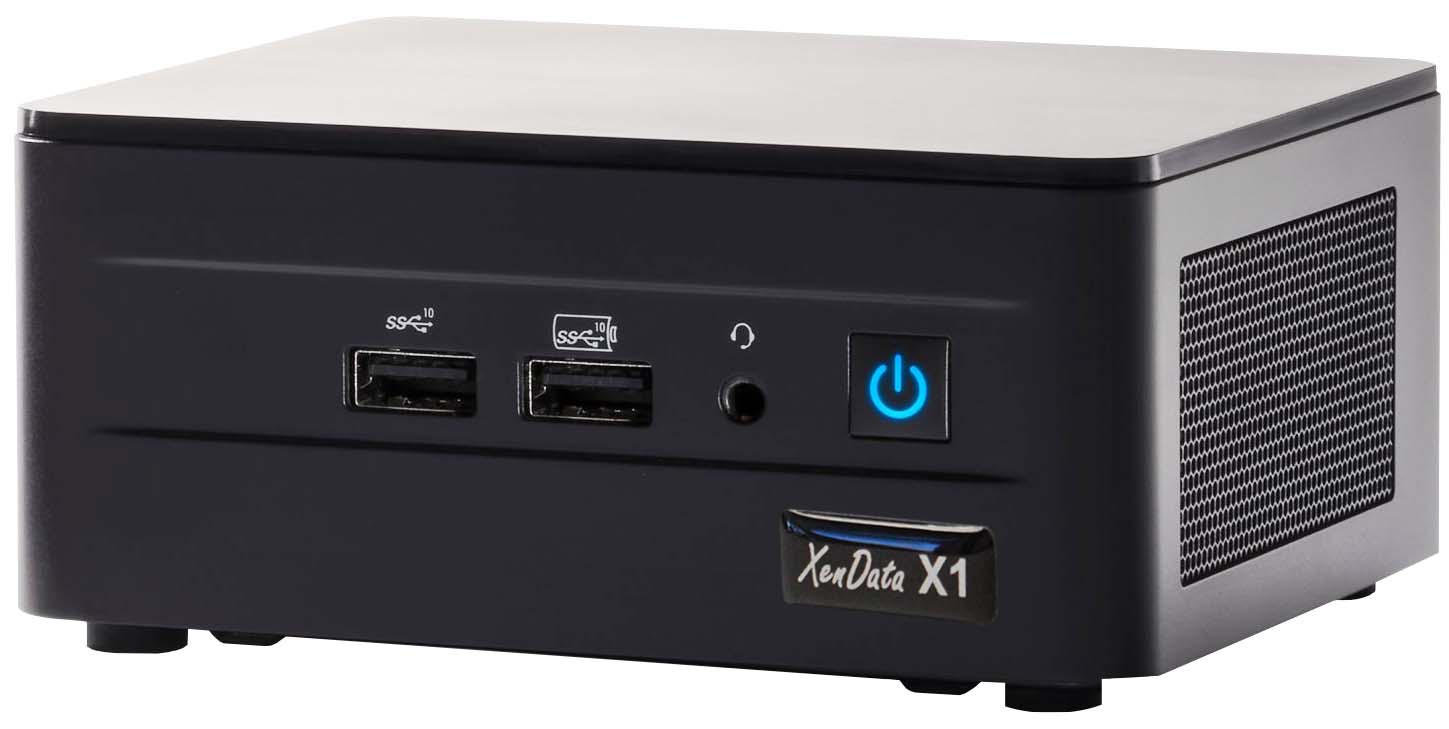
X1 Gen2 Archive Appliance for External LTO Drives
The X1 Archive Appliance manages one or more LTO external drives, creating an archive that can be accessed locally or via a network share. The X1 can also sync one or more locally accessible file systems to LTO. Additionally, it can be used to create drop-boxes on your network that automatically move files to the archive.
Add XenData Media Portal to View Previews
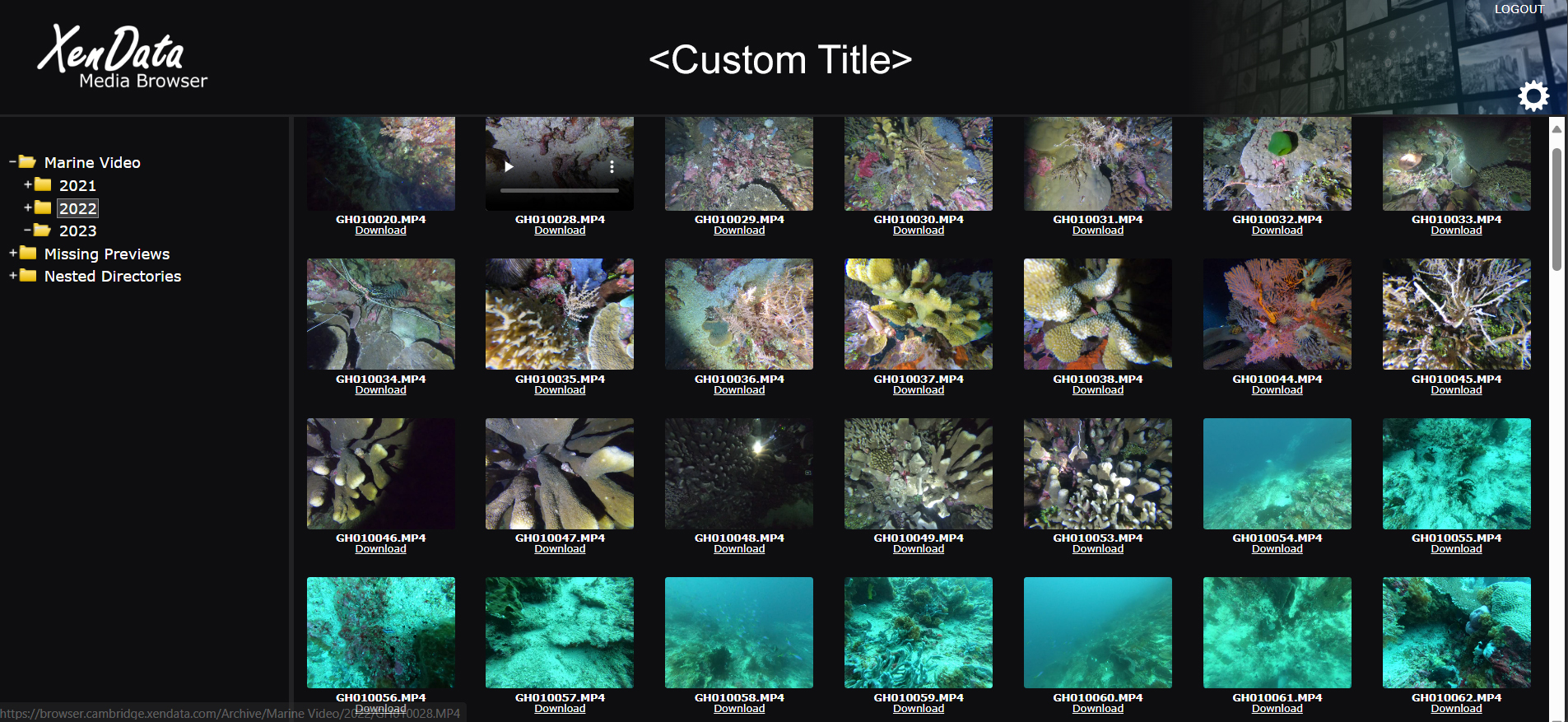
Browse the archive file system and see previews of video and image files within the selected folder. An authorized user can also use the portal’s web interface to download any selected file. By previewing files, users can be sure that they are selecting the correct content before restoring.
Access your LTO Archive as a Private Cloud
Adding an object storage S3 Server Interface to a XenData LTO archive system allows files to be written to and read from the archive from anywhere worldwide using fast and secure HTTPS. The on-premises interface and associated permissions are not affected: the LTO archive continues to be accessible locally using SMB, FTP or NFS.
Adding our object storage interface to your LTO on-premises archive means that you keep total control of your content, have cost effective scalability, and provide secure remote access to your users – all free of any egress charges.
Sync Multiple LTO Archives
Multi-Site Sync for LTO is a synchronization service that links multiple S3 enabled LTO archives, creating a single global file system accessible anywhere worldwide. As soon as a file is archived to LTO at one location, it becomes available as a stub file within the global file system. When a user makes a change by writing, overwriting or deleting a file, that change is propagated to all locations. This provides a consistent up-to-date set of files across the entire distributed organization.
Learn More

